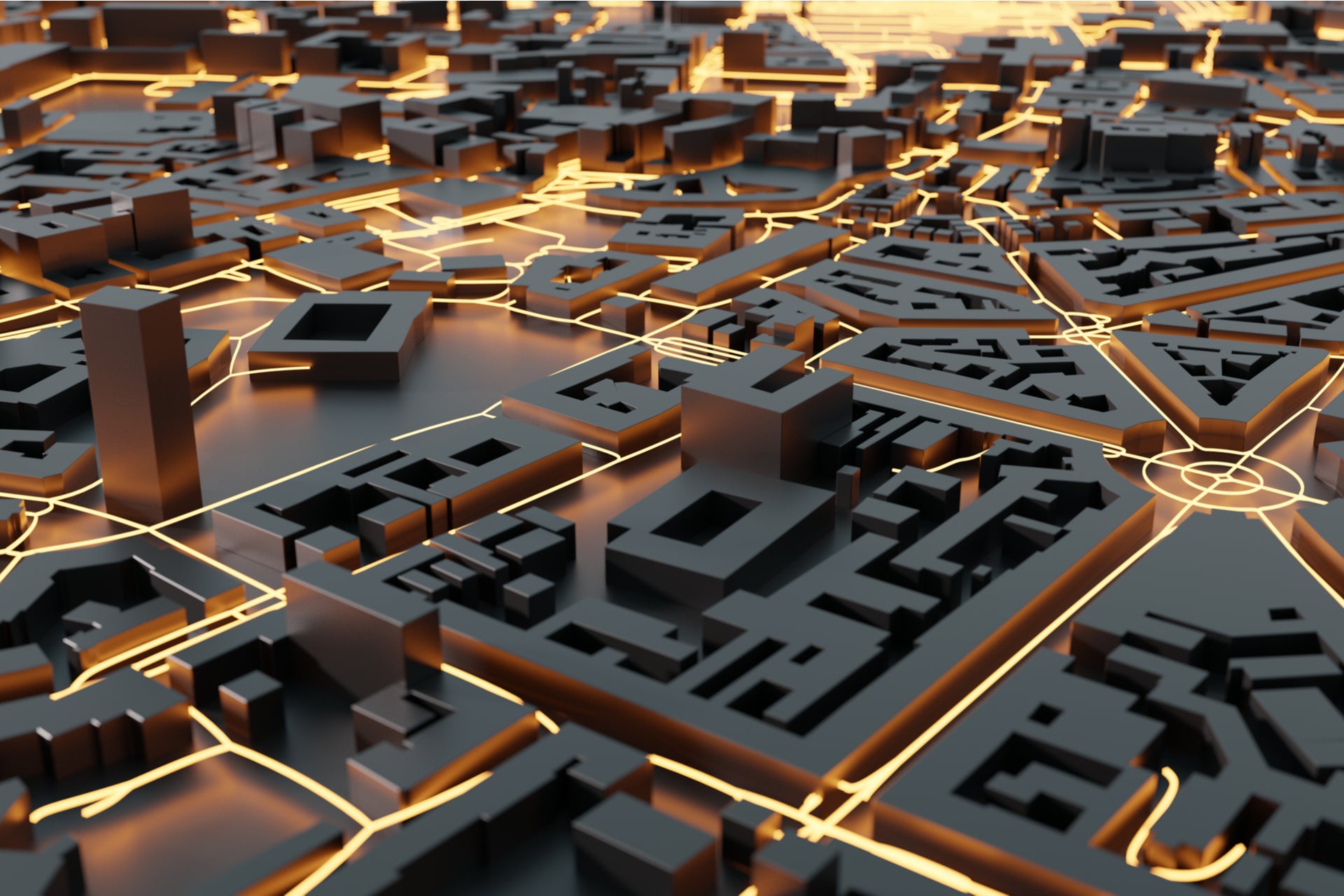
City authorities across the world are turning to technology and innovation to make their cities work better, be more sustainable and offer citizens a better life experience. From Kansas City to Berlin we are seeing strategies and investments put in place to unlock smart cities and help them achieve their full potential.
However, in recent years we have seen a shift away from connected infrastructure projects, such as smart streetlights in San Diego, and a move towards involvement from the public and city authorities. Projects have become more citizen-centric with the realisation that the data collected on how people move around cities is crucial to solving many of the problems cities face. Most importantly, the interaction of commuters with sensor-enabled transport is a key source of data vital to making the smart city vision a reality.
The increasing number of sensors in cities (and the data they collect) is vital in creating a truly connected city; monitoring almost everything in the infrastructure, from lights to road conditions. These data sources and the quantity of data they gather will allow for an efficiently managed city, where authorities know every detail from where and when street lighting is needed, what the flow of the public looks like, how much energy is consumed by both the public and businesses, as well as small details such as when is it best to empty the public bins and when the next bus will arrive.
Smart city microbility specifications
Public transport and micromobility devices are one way in which data is being collected about the flow of people in a city. Two different data specifications exist in the US to do so: the General Bikeshare Feed Specification (GBFS) and the Mobility Data Specification (MDS). GBFS is designed to facilitate the discovery of available services in journey planning apps. MDS, on the other hand, is designed to provide a rich source of data for the cities in which micromobility services are offered.
MDS provides not only the status of unused vehicles, but also useful information on the ones in use, such as whether they should be rebalanced, need maintenance or are running low on battery. MDS allows the city to see the history of devices’ trips, the lengths of those and the routes taken, allowing for a better understanding of congestion and better future-proofing.
Los Angeles (LA) is one city successfully using MDS; the Department of Transport (LADOT) introduced the new data standard to actively manage private mobility providers and the public right-of-way. Scooters, docked bikes, e-bikes and smart bikes have become ubiquitous in LA since 2017. Today, there are 10 companies operating in the city, each with a maximum allowance of 5,000 units. MDS harnesses the data generated using these mobility devices, helping deepen the understanding of how and when people are using them, and how to improve offerings in the future.
How well do you really know your competitors?
Access the most comprehensive Company Profiles on the market, powered by GlobalData. Save hours of research. Gain competitive edge.

Thank you!
Your download email will arrive shortly
Not ready to buy yet? Download a free sample
We are confident about the unique quality of our Company Profiles. However, we want you to make the most beneficial decision for your business, so we offer a free sample that you can download by submitting the below form
By GlobalDataMobility as a service
LA is one of several cities using MDS to gather, compare and analyse micromobility data. MDS is helping city administrators and mobility as a service (MaaS) providers ensure that the regulations are being followed and services operate smoothly. Since bikes and scooters are often used to commute, it allows city officials to understand the average travel time, most popular routes and destinations, among other things. The tool helps to ensure that all providers are following the riding and parking rules incremental to the good co-existence of pedestrians, cars and micromobility devices.
For example, roadside abandonment is one of the main concerns surrounding dockless bikes and scooters, cluttering city centres and causing trip hazards. MDS allows authorities to monitor these incidents and alert providers, so they can remedy these hazards as fast as they can. MDS can also help streamline the even distribution of bikes across cities: authorities can inform providers if devices are concentrated in one area, helping to create an even spread and allowing for equal access to transportation.
Planning for a smart city future
City planners increasingly need to understand how their whole city (and not just the streets) is used, and rich data sources – such as those provided by MDS – are an invaluable tool in helping plan for future infrastructure, improved safety, environmental sustainability, and provide equal access to transportation. If paired with car-sharing providers, MDS could help a city to validate the use of on-street parking by cars and help plan for the arrival of autonomous vehicles in the future. Similarly to showing e-scooters are suitably parked and equally distributed across a city, MDS can share this information regarding shared cars. And since autonomous vehicles will have no driver at all, it will be more than ever important to have knowledge of where these vehicles are at any given time.
Leveraging insights from data is a key step towards the realisation of smart cities. Data can be used to develop other aspects of a smart city from smart streets to enabling a MaaS ecosystem, it can help connect infrastructure like bus stops, traffic lights or parking spaces, and so on. But with these amounts of data constantly used across different organisations, cybersecurity and legislations strategies need to catch up to protect both citizens and their data.
All the sensors form a network like IoT devices, thus each being a vulnerable source of penetration into a government system. Moreover, devices collect travel data, which shows where individuals work and live. If breached, this could fall under identifiable personal data and GDPR. After all, what makes a city smart is not the amount of data gathered, but the use made of it.
Read more: Smart city challenge for the Americas




